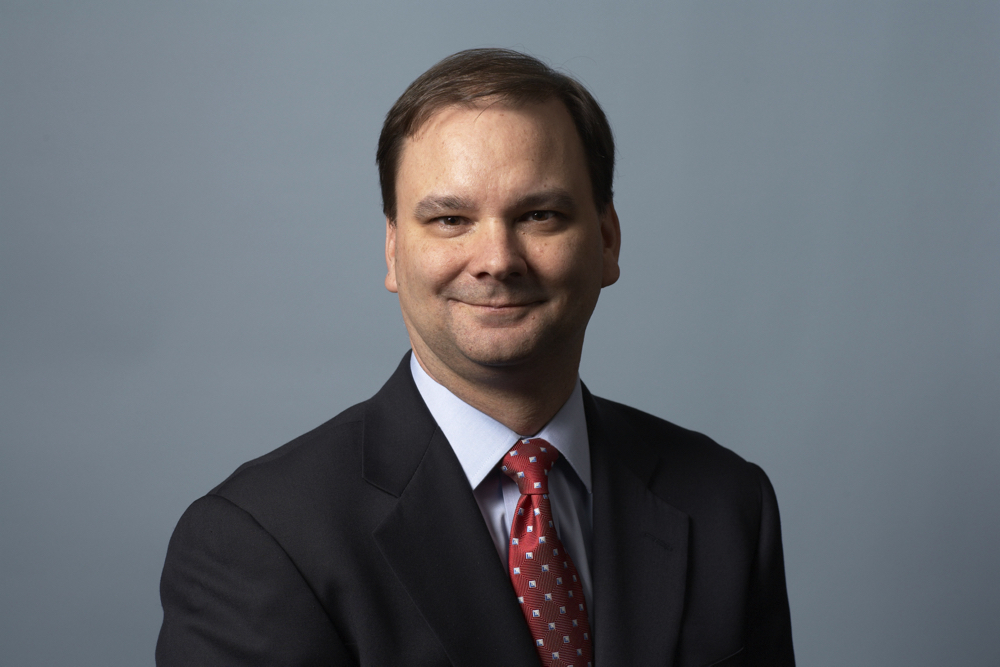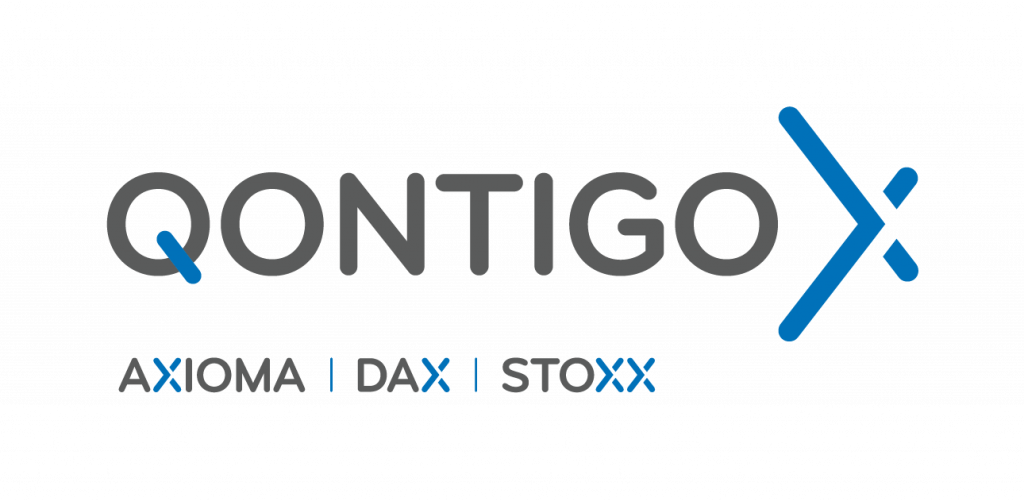
As the Index Industry Association (IIA) celebrates its tenth anniversary this year, we caught up with CEO Rick Redding to find out what the organization is working on and what he sees as the key trends ahead for index providers. The IIA is the trade group representing index providers worldwide and serving as an advocate for investor use of indices globally.
We first talked to Rick in 2018, when he described the work of the IIA and discussed the state of the evolving global indexing market. The IIA currently counts 16 members, which oversee more than 3 million indices. The Association works with market participants, regulators and other representative bodies to promote competition and sound practices in the index industry as a means to strengthen financial markets.

Rick, what’s kept the IIA busy since we last caught up?
“The IIA has two mandates: one is to provide education and the second is to provide global advocacy. Over the last couple of years, the advocacy part has really been challenging due to the increasing scope and complexity of regulations. We have worked around the benchmark regulation, the EU Taxonomy, SFDR, and we continue to work specifically on US regulation as the country starts to focus on its climate disclosure regulation and catches up with Europe. It’s been a very busy time and ESG has probably been the issue we’ve given the most attention to.”
ESG has surely represented a pivotal change for indices, but there are so many other new trends. One can think of smart beta, low carbon, thematics, ever-more sophisticated data, etc. Where are indices headed in this transformative evolution?
“The industry has come a long way from its early days of market-cap indices. As you mentioned, there are now additional types of products out there, each one more advanced and complex. And that evolution will only continue. If you look out over the next few years, you’ll see technology converging even more with the index space. I can think of big data or AI to cite as two examples of how technology is changing indices. Fundamentally, indices still have one core feature that gives them an edge: transparent, publicly available methodologies. That hasn’t changed, even as the complexity and the number of indices continue to expand across the globe.”
Sign up to receive valuable insights, news, and invitations as soon as they are published.
Subscribe >And what do you see as some of the biggest challenges ahead for the indexing industry?
“One of the biggest challenges globally comes from the regulatory front. Especially with regards to ESG. This newer area is in its early stages globally and we still don’t have full agreement among investors as to every piece of ESG criteria and how it should be put into indices. The challenge will be to have global flexibility in the regulatory structure. There are national and regional differences in ESG, so a key, longer-term-horizon issue is: can there truly be global ESG indices if regulators don’t allow some sort of flexibility to take into these regional and national normative differences? If we can’t agree on a taxonomy, how will we agree on global indices? What you may end up with is multiple ESG products globally, based on local regulations, and that’s not necessarily a good outcome for investors.”
In Europe, regulation around benchmarks, climate indices and fund labeling has been increasing at an unrelenting pace. Can you tell us a bit about how the IIA has got involved on that front, and what legislation has been an area of focus for you?
“We’ve been very involved in the ESG discussion. Because it is in its early stages, investors still need to coalesce around some of the key factors that they want in indices. Therefore, we have been very involved with the climate benchmark regulation, along with the EU taxonomy and SFDR. While those latter rules don’t specifically impact index providers, more and more the asset-management community is looking to index providers for information, to source some of those metrics that the asset manager needs to comply with. We have been very active on the European side of things, probably more than anywhere else geographically. We have been engaged with the European Commission, European Council and European Parliament on the benefits of indices for all investors and market participants, and why they are critical for capital markets. It’s the most active area for our engagement.”
When the IIA was founded ten years ago, indices were still largely a synonym for ‘passive’ strategies. That seems to have changed. What’s your take on the old active-vs-passive debate, and what role do you think indices play in investments these days and will play in the next 10 years?
“For many, many years, I’ve disliked the term ‘passive,’ because all investments are active in essence. It is how you implement them that makes a difference. You may implement them more passively by the product you buy, but there is still an active decision in that. An important trend that has blurred the definitions of active and passive has been the advancements in investment products and the move away from market-cap indices to strategy-based ones. The latter are closer to ‘active’ strategies, but as I said, I don’t like those terms. I believe the options are more accurately reflected as rules-based vs. active products. Because the one thing that hasn’t changed is that any time you have an index-based product you have the methodology and transparency and usually significant costs savings that go with it.
“Over the next few years, I think the level of complexity in index-based products will continue to increase, and so will the adoption of ‘passive’ products, to use the term deliberately. We are seeing this adoption increase dramatically in Europe but also in parts of Asia. I think this is a long-term secular trend that will continue.”

Qontigo is a leading global provider of innovative index, analytics and risk solutions that optimize investment impact. As the shift toward sustainable investing accelerates, Qontigo enables its clients—financial-products issuers, asset owners and asset managers—to deliver sophisticated and targeted solutions at scale to meet the increasingly demanding and unique sustainability goals of investors worldwide.
Qontigo’s solutions are enhanced by both our collaborative, customer-centric culture, which allows us to create tailored solutions for our clients, and our open architecture and modern technology that efficiently integrate with our clients’ processes.
Part of the Deutsche Börse Group, Qontigo was created in 2019 through the combination of Axioma, DAX and STOXX. Headquartered in Eschborn, Germany, Qontigo’s global presence includes offices in New York, London, Zug and Hong Kong.



